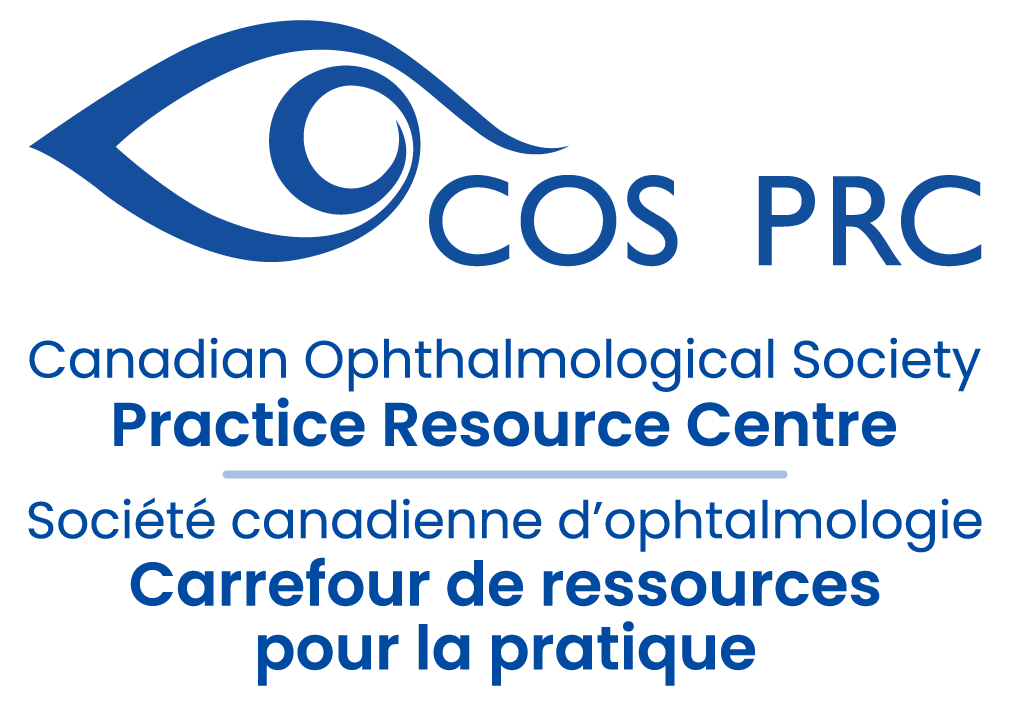October 2018 Issue Highlight
Access the full article
Authors
Fady Sedarous, MD candidate, Helen Dimaras, PhD, Maram Isaac, MBBS, MHA, Myrna Lichter, MD, FRCSC, Nasrin N. Tehrani, MBBCh, MSc, FRCSEd (Ophth), FRCSC
Abstract
Objective
To assess the ophthalmic needs of families with children residing in Toronto shelters.
Design
Cross-sectional study.
Participants
Forty-nine families, including 86 children (age 0–16 years) and 55 adult and youth family members (AYFM) (age >16 years), randomly selected from 5 family shelters in Toronto, Ont.
Methods
Ten families with at least 1 child aged 16 years or younger were randomly recruited from each shelter. Data on sociodemographics, medical history, ocular history, and access to eye care were collected through a structured interview. Eye examinations were performed in the shelters for all children and AYFM.
Results
The mean age for AYFM was 34.9 ± 9.3 years (range, 17–60 years), and the mean age for children was 6.1 ± 4.3 years (range, 1 month–16 years). Thirty-nine percent of parents reported dissatisfaction with their vision, and 6.7% of children had parents who perceived that their child had eye problems. Overall, fewer parents had accessed care for their own eye problems in the last year than for their children (parents 36.4%, children 81.8%). Examination revealed abnormal ocular findings in 47.3% of AYFM and 24.4% of children. The commonest finding in AYFM was refractive error (30.9%); among children, it was refractive errors (16.3.%) and strabismus (3.5%).
Conclusions
We found that a significant percentage of families living in shelters had eye problems that required treatment. We propose a proactive approach to identify these families and their dependent children in order to expedite access to appropriate eye care in a timely fashion for this vulnerable population.



